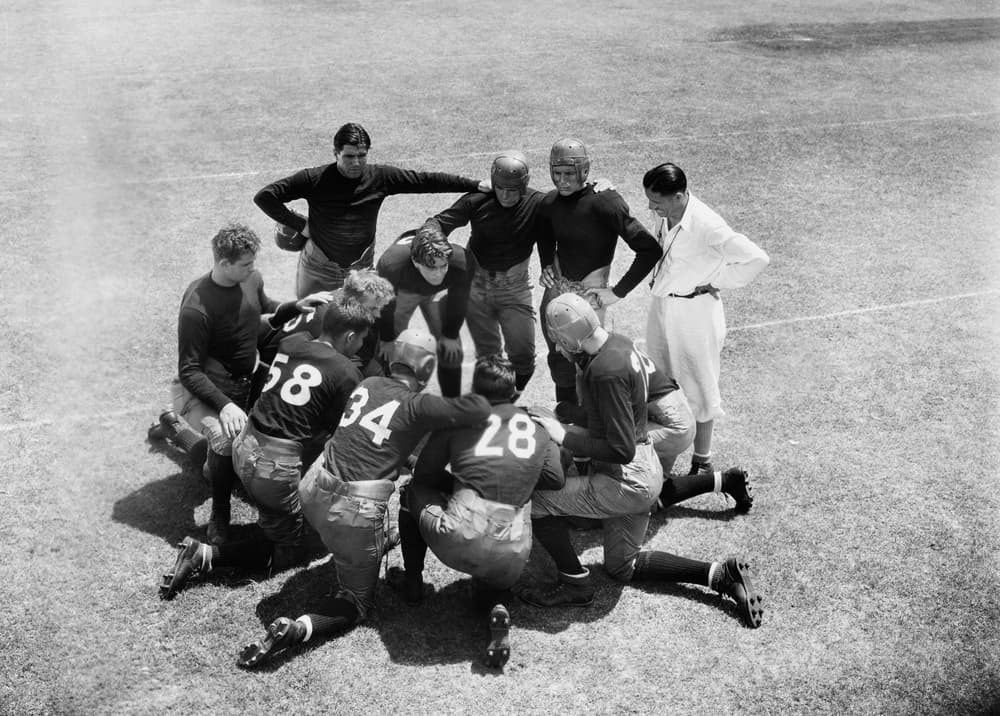A company may have the best injury-management program possible, yet still, have claims that go south for no apparent reason. Sometimes called ‘creeping catastrophic’ these are claims that involve seemingly minor injuries that should heal fairly quickly and have the employee back at work in short order. For no apparent reason, these claims instead turn into long-term recoveries, with multiple treatments, surgeries, medications, along with exorbitant costs.
There are various reasons for delayed recovery claims. Typically, there are undetected psychosocial risk factors that come into play and render the injured worker unable to heal and return to function. Identifying, recognizing and intervening early in these claims is key to getting the worker back in action.
Click Link to Access Free PDF Download
“How Do I Get My Adjusters To Follow My Account Handling Instructions?”
Delayed Recovery Claim Risk Factors
Chronic pain is the usual result of injured workers with psychosocial risk factors. For a variety of reasons, they have inadequate coping skills and develop persistent pain long after the injured tissues have healed.
Some of the more common psychosocial risk factors include:
- Catastrophic thinking — a belief that the worst possible outcome is the most likely. The person feels helpless to deal with her pain and exaggerates the threat of pain sensations.
- Fear avoidance/guarding behavior — the worker is unrealistically fearful of hurting himself more, so avoids almost all activity.
- History of depression and/or anxiety
- Perceived injustice — the person feels he has been unfairly harmed and assigns blame; to the employer, coworkers or someone or something else.
- External locus of control — the worker believes someone other than himself can and must heal him, usually the medical provider. The person assumes no responsibility for his own
The worker’s pain persists, despite all medical efforts to heal the injury. These workers often end up having multiple surgeries. The medical provider who does not understand psychosocial factors are at play suggests a variety of treatments to cure the employee’s pain. This further exacerbates the worker’s external locus of control and legitimizes the person’s distress.
Workers with delayed recoveries often end up on a variety of medications, typically including long-term opioid therapy. And still, the pain continues and may even worsen.
Early ID/Intervention to Prevent Delayed Recovery
These claims often slip through the cracks; meaning the people managing them, as well as the employer and payer, fail to realize the extraordinary timeline and treatments that have been provided for many months or even years. By then, this ‘minor’ injury has turned into a long-term, expensive claim.
Flagging these claims as early as possible is essential to prevent them from rapidly deteriorating. There are a multitude of ways to identify these claims early in the process.
At least one company uses a pain screening questionnaire that has been shown to identify at-risk injured workers as soon as two weeks after an injury. Several insurers and pharmacy benefit management companies have developed programs to key in on at-risk claims fairly soon after an injury. A program that alerts stakeholders to potential problems with a claim is far superior to waiting until someone notices long after the claim has consumed a plethora of treatments and dollars.
Once a high-risk claim has been detected, those involved should intervene using a team approach. Ignoring it is not the way to go. The claim can be kept on track, but only if receives prompt and focused attention.
When psychosocial factors are involved, an approach other than biomedical must be undertaken. A biopsychosocial approach looks at the whole person, beyond just the injury itself.
Functional Restoration
An integrated system that involves several different disciplines involved has been shown to work well in delayed recovery claims. That may include, for example, physical therapy, occupational therapy, case management, psychology, the treating physician, and the injured worker and his family.
The team works in conjunction with one another and communicates among themselves and with the injured worker. Along with the person’s physical ailment, his psychosocial factors must also be addressed.
Among the interventions that are successful in treating injured workers with psychosocial factors are:
- Pain education. Recent research has shown that pain, specifically chronic pain, causes structural and functional changes in the central nervous system. Rather than a sensation, chronic pain is a result of the person’s biology, psychological makeup, belief system about pain, and interactions with the environment.
- Cognitive behavioral therapy. This is short term, typically involving a few weeks of sessions. It is goal oriented. Unlike long-term traditional psychotherapy, CBT teaches the injured worker different techniques to change his thinking and behavior, which ultimately teaches him how to cope with his pain.
- Mindfulness training. Mindfulness meditation teaches the person to bring his attention to experiences in the present, rather than ruminating about his pain and injury.
- This technique helps the worker gain more awareness of his physiological functions so he can ultimately control them. Instruments that provide information on the activity of certain bodily systems are used. People using biofeedback have been able to control their brainwaves, muscle tone, heart rate and pain perception.
- Exercise/activity. Movement is one of the most effective treatments to help patients with chronic pain.
- This can help the worker change his perceptions, thoughts and behaviors in guided practice.
- Relapse prevention training. Strategies such as coping skills, the individuation of triggers for relapse, and self-monitoring techniques can help the injured worker stay grounded and avoid the negative thinking and behaviors that contribute to his chronic pain.
Conclusion
Workers’ comp delayed recovery claims represent approximately 10 percent of claims, but consume 80 percent of medical and indemnity costs. Too often they go unnoticed until they become nearly out of control. By understanding how to identify or recognize them early and intervening with proven techniques, the worker can recover and regain function.

Author Michael Stack, CEO Amaxx LLC. He is an expert in workers’ compensation cost containment systems and helps employers reduce their workers’ comp costs by 20% to 50%. He works as a consultant to large and mid-market clients, is a co-author of Your Ultimate Guide To Mastering Workers Comp Costs, a comprehensive step-by-step manual of cost containment strategies based on hands-on field experience, and is founder & lead trainer of Amaxx Workers’ Comp Training Center .Contact: mstack@reduceyourworkerscomp.com.
Workers’ Comp Roundup Blog: https://blog.reduceyourworkerscomp.com/
©2018 Amaxx LLC. All rights reserved under International Copyright Law.
Do not use this information without independent verification. All state laws vary. You should consult with your insurance broker, attorney, or qualified professional.
















